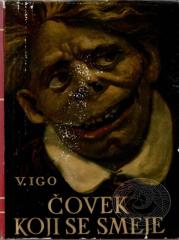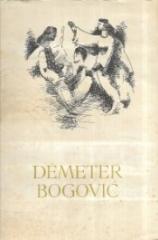
Zvonar crkve Notre-Dame
Hugoov roman o srednjovjekovnom Parizu s kraja 15. stoljeća, pisan u duhu romantizma. Roman je to ljudskih strasti, roman o tri nesretne ljubavi, ali iznad svega to je epopeja o Katedrali kao "glavnom licu" i predstavniku čitave jedne epohe na zalazu.
Glavni likovi uključuju Quasimoda, grbavog zvonara katedrale, koji je odan svom zaštitniku, arhidiakonu Claudeu Frollu. Quasimodo, unatoč deformitetu i društvenoj odbačenosti, posjeduje plemenito srce. Frollo, opsjednut požudom prema prelijepoj Ciganki Esmeraldi, tone u moralni i duhovni kaos. Esmeralda, plemenita ali naivna plesačica, privlači pažnju Frolla, Quasimoda i mladog kapetana Phoebusa, koji je sebičan i nevjeran. Radnja se zakomplicira kada Frollo, obuzet ljubomorom, pokušava uništiti Esmeraldu, optužujući je za vještičarenje nakon što odbija njegovu ljubav.
Quasimodo, zaljubljen u Esmeraldu zbog njezine dobrote, pokušava je zaštititi, skrivajući je u katedrali. Međutim, Esmeraldina ljubav prema Phoebusu i Frollova izdaja dovode do tragičnog kraja: Esmeralda biva pogubljena, a Quasimodo, očajan, ubija Frolla i umire kraj Esmeraldina tijela. Roman istražuje teme ljubavi, žrtve, društvene nepravde i sukoba između strasti i dužnosti.
Hugo majstorski prikazuje srednjovjekovni Pariz, kritizirajući licemjerje crkve i društva. Katedrala Notre-Dame simbolizira vječnost usred ljudskih slabosti. Djelo, ispunjeno emocijama i dramom, ostaje klasik svjetske književnosti.
Jedan primjerak je u ponudi





